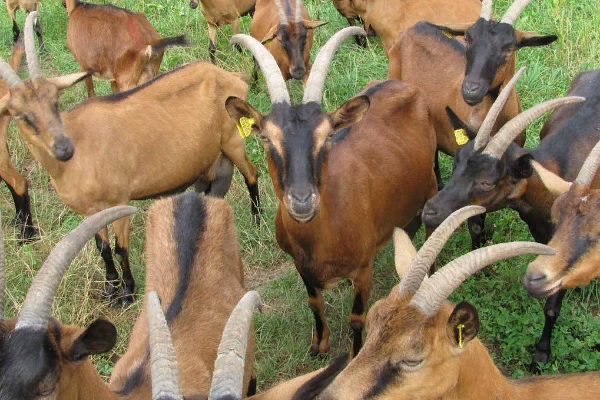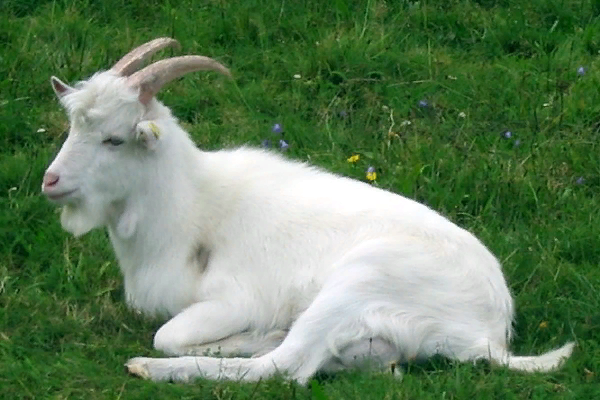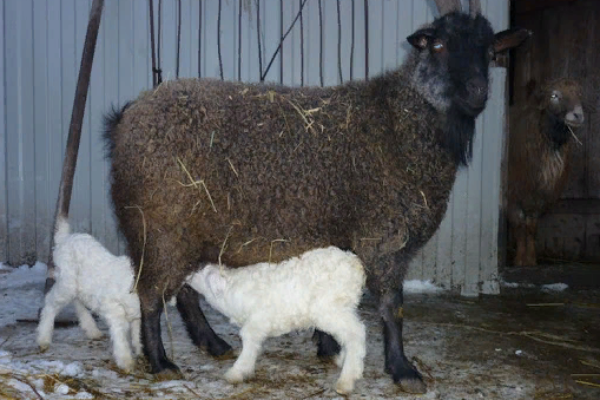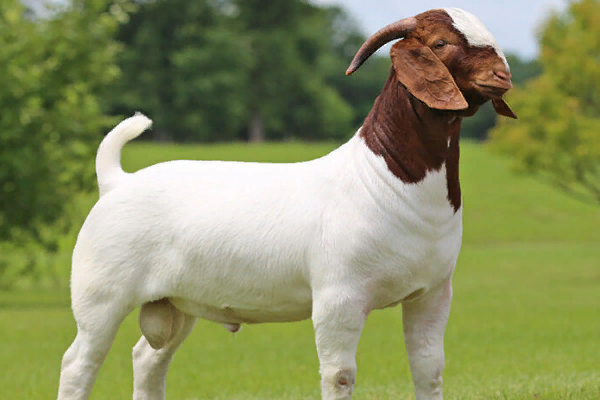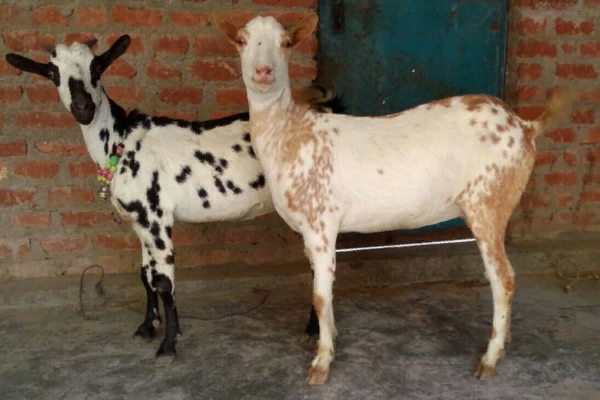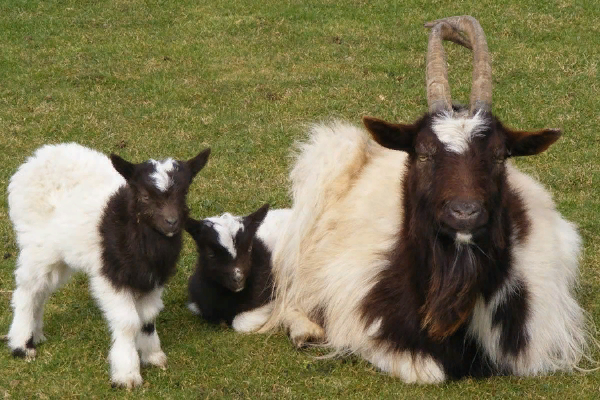Nigora Goat
What Is The History Of Nigora Goat?
The Nigora goat is a dual-purpose breed of domestic goats, raised for its fiber and milk production. It was developed in the United States in the early 1990s. The breed was developed through the cross-breeding of Nigerian Dwarf bucks with Angora does (white or colored), which is a mohair breed. Today's Nigoras may also contain the bloodlines of registered Swiss type Mini Dairy breeds.
Nigora goats were not created as a “designer” breed, but to be a functional asset to the farm or homestead - specifically, a fiber-producing dairy goat.
Since the early 2000s, Nigora breeders have sprouted up in 15 different states, including Alaska. A breed association was formed in 2007, named the American Nigora Goat Breeders Association. Another breed association was formed in 2014, named the Nigora Goat Breeders Society.
What Are The Characteristics Of Nigora Goat?
Nigora goat is a small to the medium-sized animal. The average height of this breed is 19-29 inches (48-74 cm) for both bucks and does. Nigoras have ears that are either upright, airplane or floppy and have a build much like that of the Nigerian Dwarf, with a rectangular frame and long graceful legs and neck. Both bucks and does may have horns.
Nigoras come in a wide variety of colors and patterns and have a wooly or fluffy coat - some people may even mistake them for sheep. Unlike sheep, a goat’s tail sticks straight up in the air.
On average a Nigora can be considered an adult by 18 months of age. Nigoras are usually are capable of breeding at any time of year, most notably kidding in spring and fall. A doe could, then, produce 3 kiddings in two years (then giving the doe a year off to rest) but the most recommended method is to have the doe produce only one time a year. Most kids weigh between 1,5-2 kgs at birth.
Nigoras is a generally robust and hardy goat, being very adaptable and capable of adjusting to different climates. Special consideration should be taken during very inclement weather, particularly after goats have been shorn of their fleeces, to make sure they do not get wet and chilled and become ill. Otherwise, a Nigora should have the same basic care, as any goat requires.
Nigoras are in general sweet-natured with calm dispositions, they have a goat natural innate sense of curiosity. That’s why this breed is also very good for raising as pets. Their friendly dispositions, smaller size, and general ease of care also makes the Nigora suitable for children and prospective senior or special needs goat owners.
Depending on the length and type of the fibers, the Nigora goat’s fiber is classified into three types. Which are Angora-type mohair, cashgora, and cashmere. Angora-type mohair is long and lustrous, the cashgora is of medium length which combines mohair with cashmere-type undercoat. And the cashmere type is shorter cashmere fiber.
References
1. https://www.roysfarm.com
2. https://en.wikipedia.org
3. https://backyardgoats.iamcountryside.com
4. http://www.livestockoftheworld.com
5. http://www.nigoragoats-angba.com

Written by
Marina Uskova
BreedsMore
IllnessesMore
Forage cropsMore
![]() Патологическая физиология голодания Arina TARAN
Патологическая физиология голодания Arina TARAN![]() Дефицит фосфора (гипофосфатемия) Hipofosfatemi Arina TARAN
Дефицит фосфора (гипофосфатемия) Hipofosfatemi Arina TARAN![]() Какие бывают кормораздатчики для ферм КРС? Irina Makarova
Какие бывают кормораздатчики для ферм КРС? Irina Makarova![]() Кормушки для овец Diana Myakisheva
Кормушки для овец Diana Myakisheva![]() Питание домашних коз: что едят, виды корма и правила кормления Alina Arslantürk
Питание домашних коз: что едят, виды корма и правила кормления Alina Arslantürk![]() Важность минералов питании сельскохозяйственных животных Irina Makarova
Важность минералов питании сельскохозяйственных животных Irina Makarova



